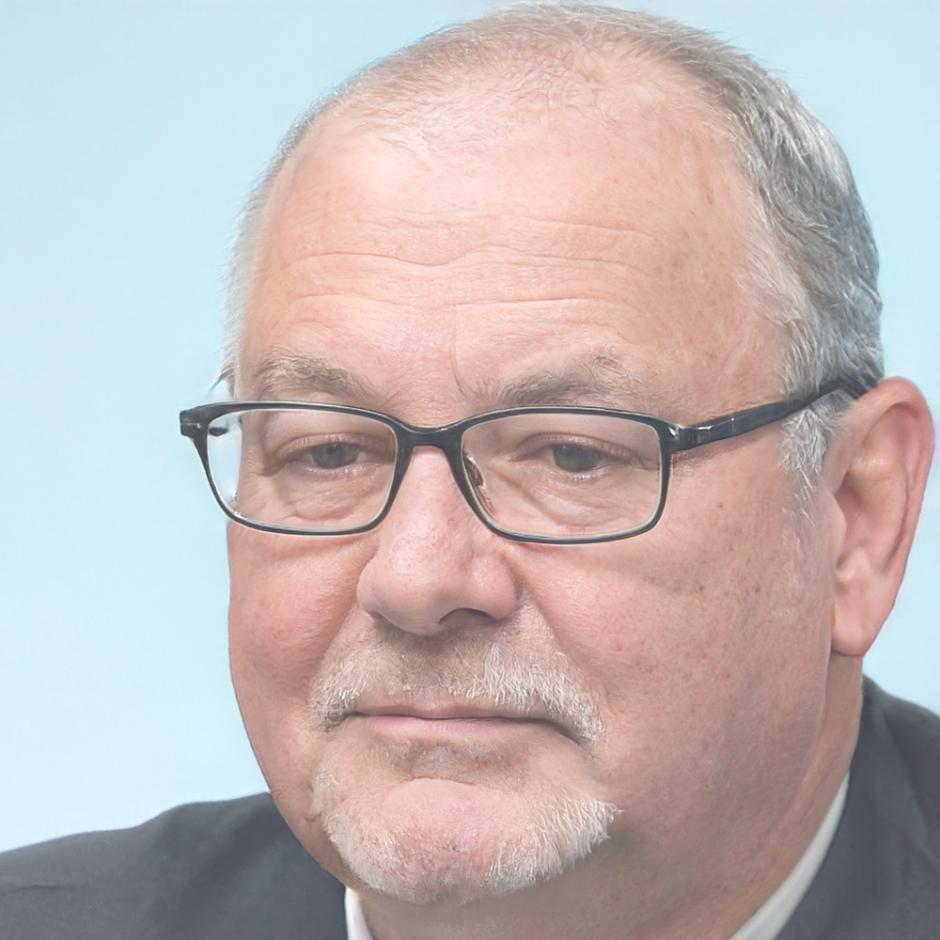Budget Planning Questions? We've Got Answers
Running a business in Australia means dealing with constantly changing operational costs. Here are the real questions we hear from business owners every week, plus practical answers that actually help.
Getting Started
-
How do I create my first operational budget?Start with your fixed costs - rent, salaries, insurance. Then track variable expenses for three months to see patterns.
-
What's the difference between operational and capital budgets?Operational covers day-to-day running costs. Capital is for big purchases like equipment or property that last years.
-
How often should I review my budget?Monthly for operational budgets. Weekly during busy periods or when cash flow is tight.
Common Challenges
-
My actual costs never match my budget. Why?Usually because of seasonal variations or one-off expenses you forgot to include. Build in a 10-15% buffer.
-
How do I handle unexpected expenses?Create an emergency fund equal to 2-3 months of operating costs. Review and adjust quarterly.
-
Should I budget for growth or stay conservative?Create two versions - a conservative baseline and a growth scenario. Plan for the conservative, prepare for growth.
Advanced Topics
-
How do I budget for staff growth?Factor in salary, super, WorkCover, training costs, and equipment. A k employee actually costs around k.
-
Should I use budgeting software?Start with spreadsheets until you outgrow them. Most small businesses need simple tracking, not complex systems.
-
How do I budget for technology upgrades?Technology becomes obsolete every 3-5 years. Set aside 2-4% of revenue annually for upgrades and replacements.

Cash Flow Questions
-
How do I manage cash flow gaps?Invoice promptly, offer early payment discounts, and maintain a line of credit before you need it.
-
What's the best way to forecast cash flow?Track payment patterns from customers and your own payment cycles. Most clients pay in 30-45 days, not 30.
-
How much working capital do I need?Generally 2-3 months of operating expenses, but it depends on your industry and payment terms.
